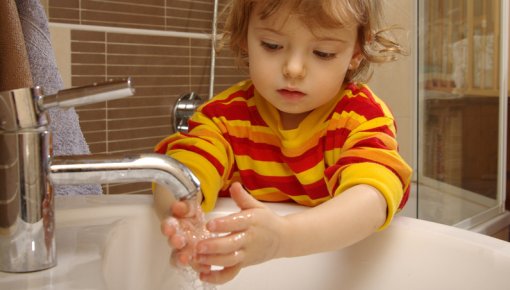Pneumonia in children: What you should know

Pneumonia can sometimes be hard to detect in children because they don't always have a cough, a fever or shortness of breath. What's more, the germs that are involved may be different from the ones that cause pneumonia in adults. Because of this, two vaccinations are recommended for children: one for Haemophilus bacteria and one for pneumococci.
Pneumonia is more common in children than in adults. One reason for this is that their immune system is not yet fully developed. Also, germs like bacteria or viruses are passed quickly from child to child, especially between the ages of three and six years. That is why infections are generally very common in children.
Pneumonia is more common in babies and toddlers than it is in older children and teenagers. Every year, pneumonia develops in 35 out of 10,000 children under the age of six, but in only 15 out of 10,000 older children.
The infection generally doesn't lead to complications in children. But pneumonia can be life-threatening if a baby develops pneumonia directly after birth or a child is weakened due to another disease or malnutrition. Globally, pneumonia is one of the most common causes of death in children, especially in poorer regions of the world.
